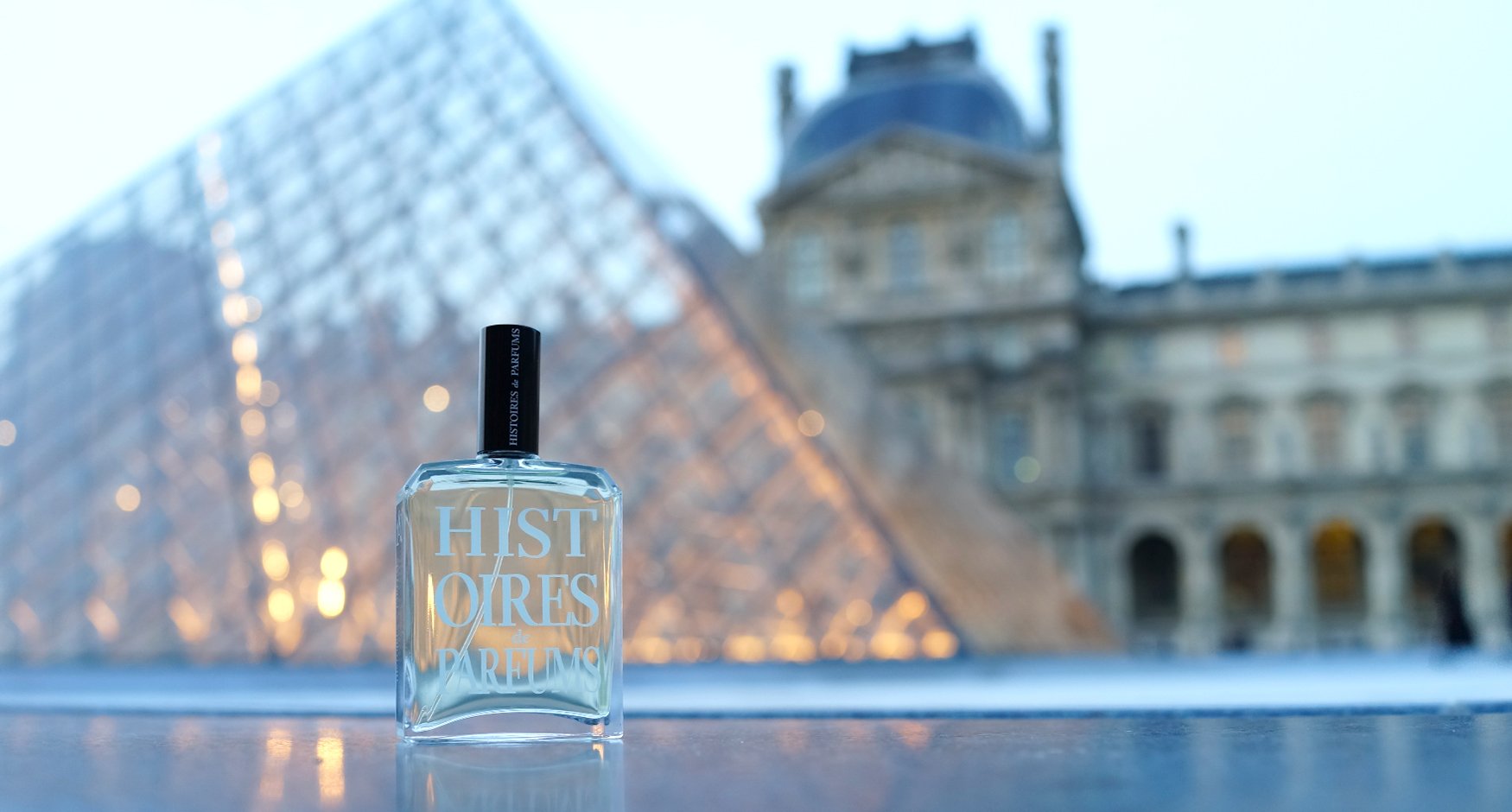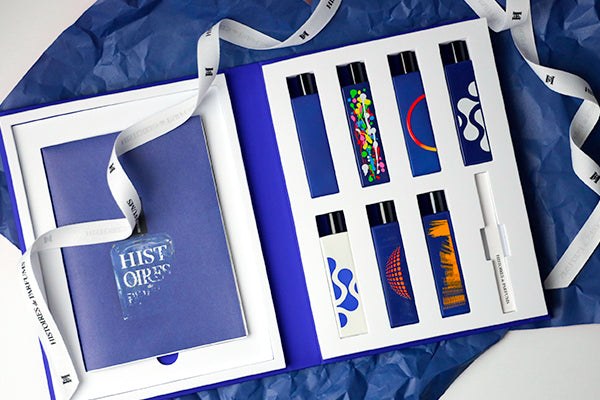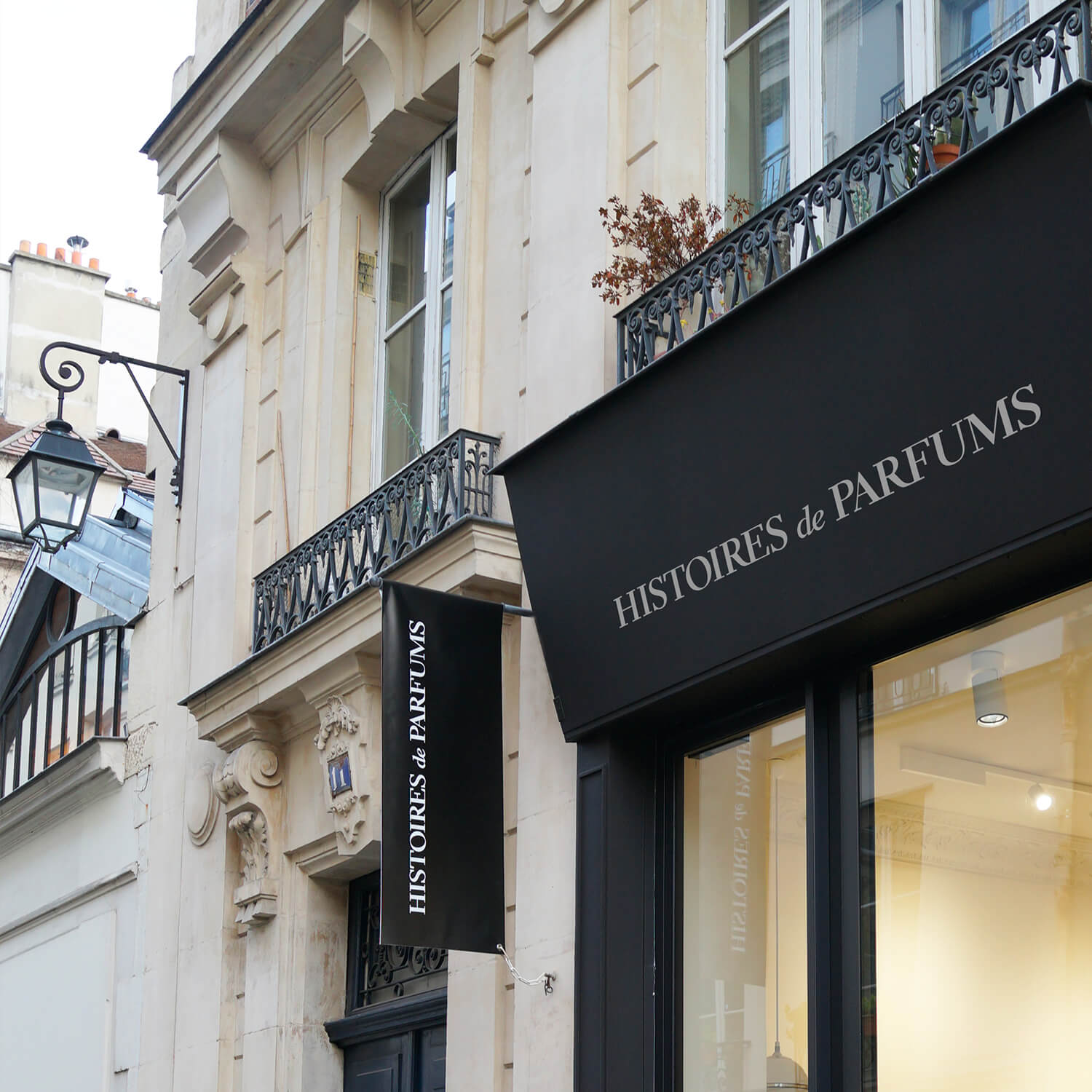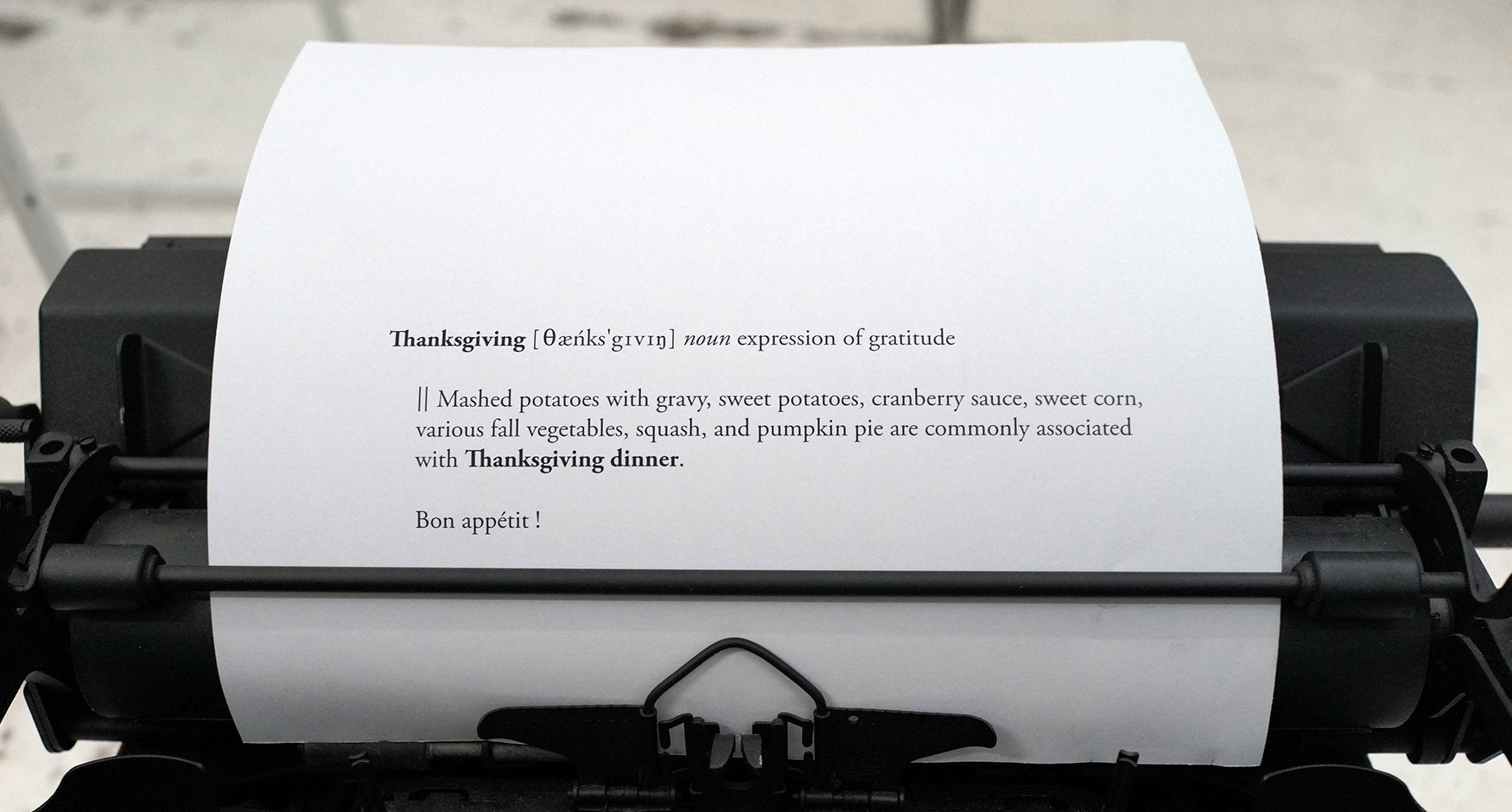
Le Louvre
The works of the Louvre begin under the reign of King Philipe Auguste in the 13th century, it is a fortified castle whose vocation is to defend Paris against foreign invasions. The name of the Louvre originated in the place of its construction, it was built on a "louverie", a place of residence of people who used to hunt wolves.
Over time, the borders of the kingdom become secure and the castle loses its defensive vocation. In the 16th century, King François I began the transformation of the castle into a royal residence. The Louvre knew many architectural changes until the reign of Louis XIV, the latter preferring Versailles to Paris as a place of residence. The work of development and renovations stop.
Having lost its royalist symbolism, the palace is spared by the revolutionary destructions and as early as 1789 the idea of making a museum is emitted. It was finally on November 18, 1793 that the doors were opened to the public for the first time.
Subsequently, the Louvre continued its evolution at the discretion of different governments. It reached its current form under the second empire in the nineteenth century. The inauguration of the Louvre was on August 14, 1857 in the presence of Napléon III and his wife, Empress Eugenie de Montijo.

Nota Bene: In 1515, the King of France François I goes to war in Italy. A great lover of arts and letters, he meets Leonardo da Vinci, whom he persuades to come to work at the French court. In 1516, Leonardo da Vinci crossed the Alps with a mule towards France with a small 30x20 inch canvas, and on that canvas was a portrait representing a woman with an enigmatic smile. You can admire this painting in room 6 of the Louvres, under the title "The Mona Lisa".





